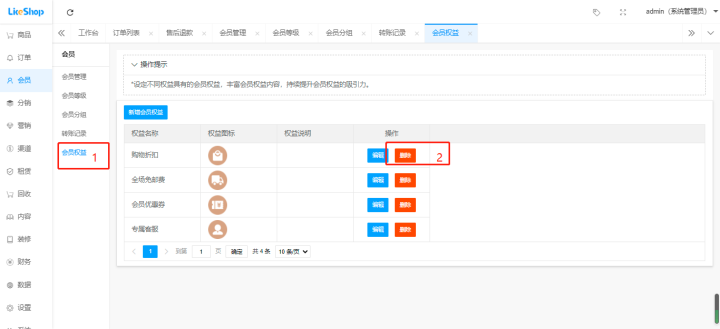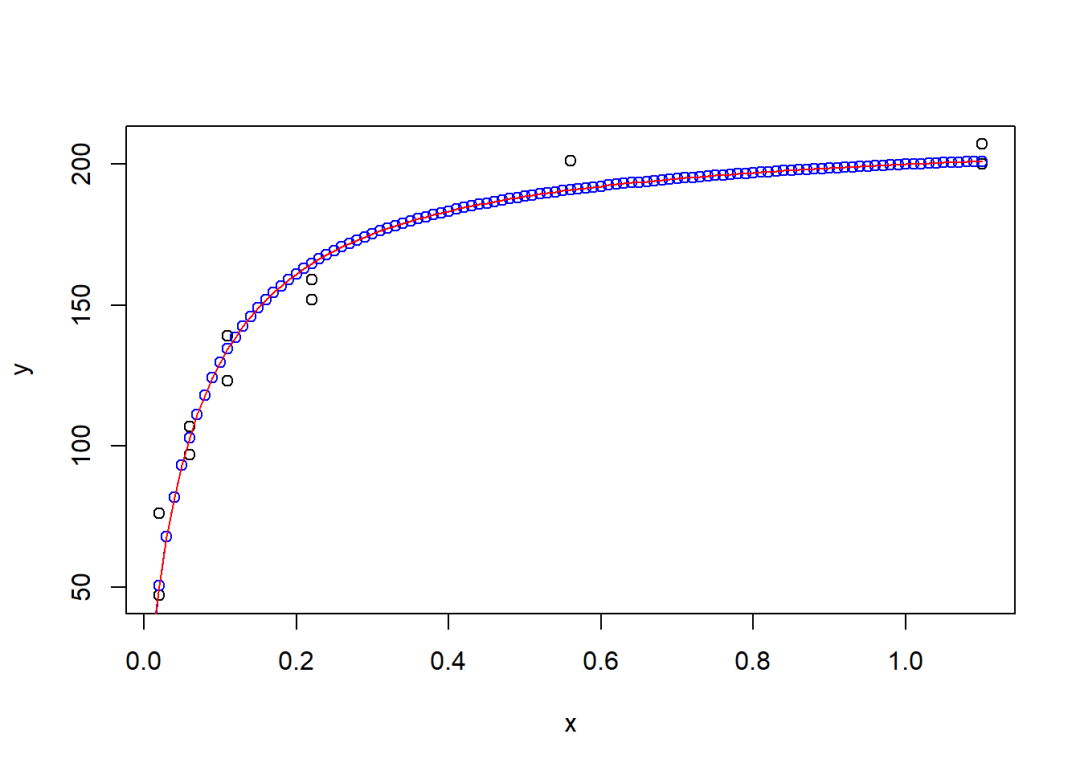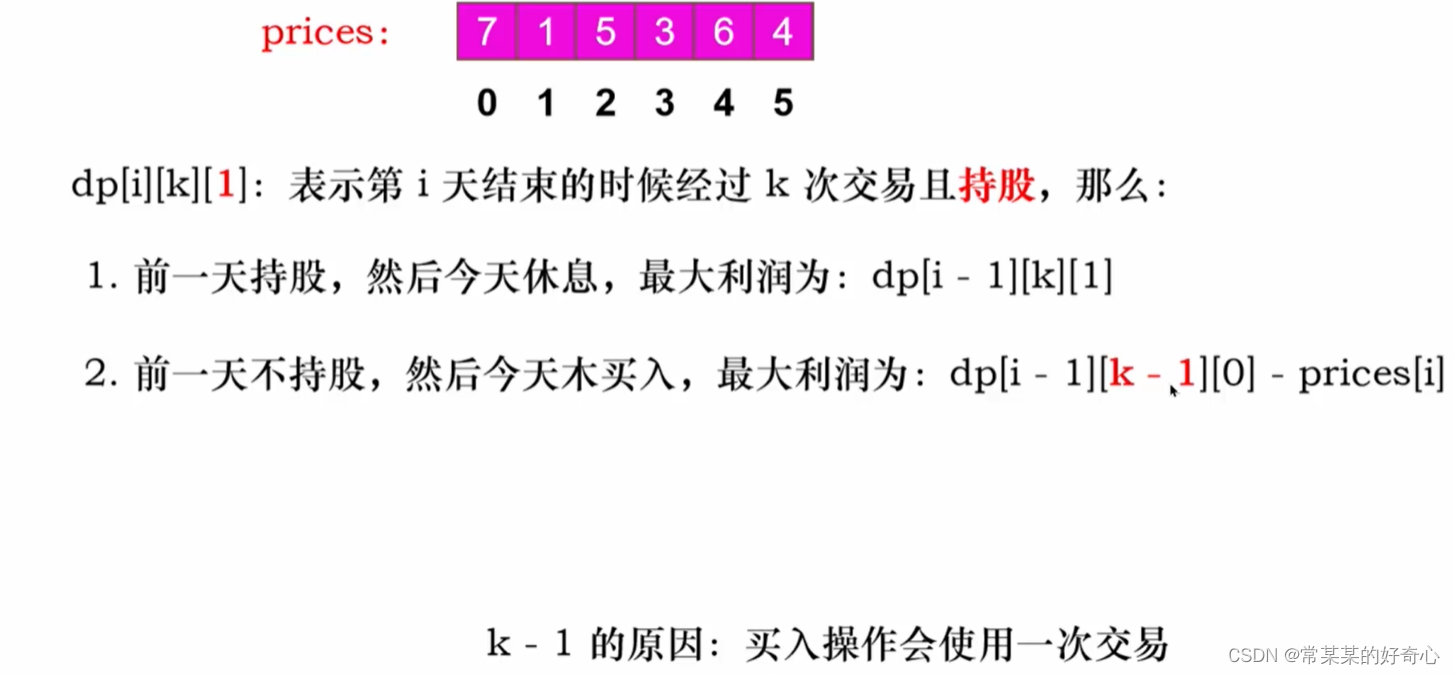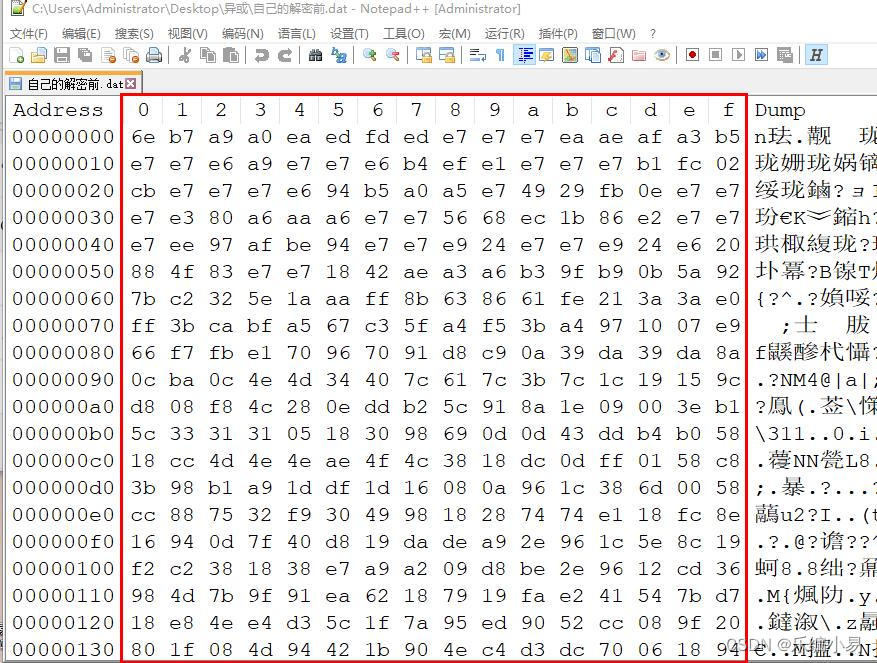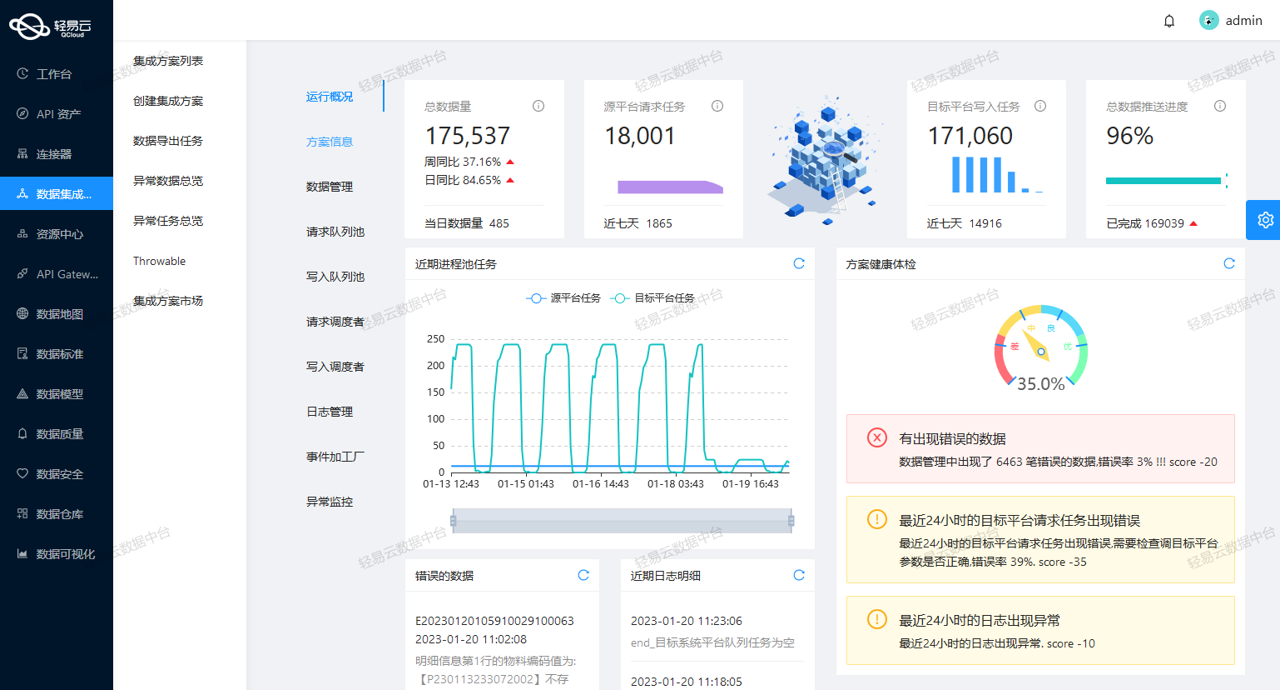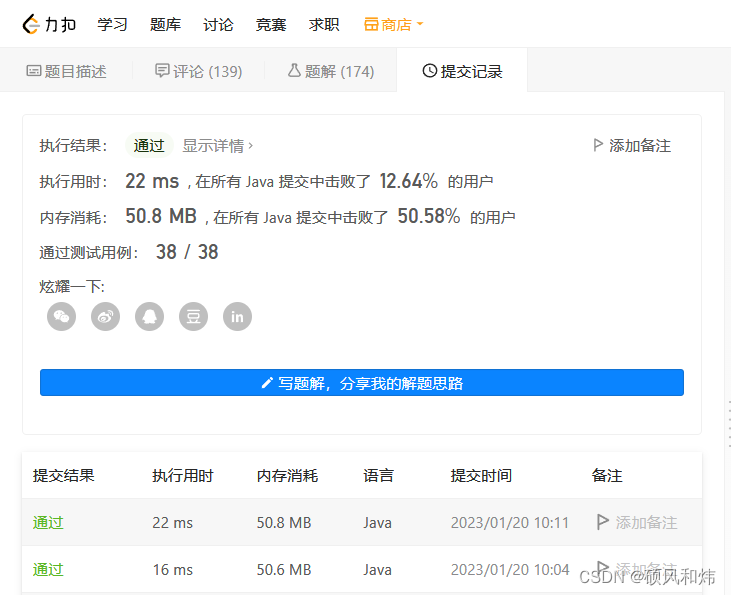继续整理记录这段时间来的收获,详细代码可在我的Gitee仓库SpringBoot克隆下载学习使用!
6.9 迭代器者模式
6.9.1 定义
提供一个对象来顺序访问聚合对象中的一系列数据,而不暴露聚合对象的内部表示
6.9.2 结构
- 抽象聚合(Aggregate)角色:定义存储、添加、删除聚合元素以及创建迭代器对象接口
- 具体聚合角色(Concrete Aggregate):实现抽象聚合类,返回具体迭代器实例
- 抽象迭代器角色(Iterator):定义访问和遍历聚合元素的接口,通常包括hasNext()、next()方法
- 具体迭代器角色(Concrete Iterator):实现抽象迭代器接口中所定义的方法,完成对聚合对象的遍历,记录遍历的当前位置
6.9.3 案例(学生存储)
- 学生类
public class Student {
String name;
String number;
public Student(String name, String number) {
this.name = name;
this.number = number;
}
@Override
public String toString() {
return "Student{" +
"name='" + name + '\'' +
", number='" + number + '\'' +
'}';
}
}
- 抽象迭代器
public interface IteratorStudent {
public boolean hasNext();
public Student next();
}
- 具体迭代器
public class IteratorStudentImpl implements IteratorStudent{
private List<Student> list;
private int position = 0;
public IteratorStudentImpl(List<Student> list) {
this.list = list;
}
@Override
public boolean hasNext() {
return position < list.size();
}
@Override
public Student next() {
return list.get(position ++);
}
}
- 抽象聚合
public interface StudentAggregate {
// 添加学生
public void addStudent(Student student);
// 删除学生
public void removeStudent(Student student);
// 迭代器对象
IteratorStudent getStudentIterator();
}
- 具体聚合类
public class StudentAggregateImpl implements StudentAggregate{
private List<Student> list = new ArrayList<>();
@Override
public void addStudent(Student student) {
list.add(student);
}
@Override
public void removeStudent(Student student) {
list.remove(student);
}
@Override
public IteratorStudent getStudentIterator() {
return new IteratorStudentImpl(list);
}
}
- 测试
public static void main(String[] args) {
// 创建学生
Student student1 = new Student("张三","1211");
Student student2 = new Student("李四","1212");
Student student3 = new Student("王五","1213");
// 创建聚合对象
StudentAggregate studentAggregate = new StudentAggregateImpl();
// 添加学生对象
studentAggregate.addStudent(student1);
studentAggregate.addStudent(student2);
studentAggregate.addStudent(student3);
// 获取迭代器遍历
IteratorStudent studentIterator = studentAggregate.getStudentIterator();
while (studentIterator.hasNext()){
System.out.println(studentIterator.next());
}
}
- 结果
![![[Pasted image 20230116165303.png]]](https://img-blog.csdnimg.cn/1d10d97755a74676ac8d7309db33d6d2.png)
- 类图
![![[Pasted image 20230116165331.png]]](https://img-blog.csdnimg.cn/52060644e6c84153b04adc025eb77a1a.png)
6.9.4 优缺点
6.9.4.1 优点
- 支持以不同方式遍历聚合对象,定义多种遍历模式:只需要定义不同迭代器就可改变原有遍历模式
- 简化聚合类:在原有的聚合对象中不需要再自行提供数据遍历等方法
- 扩展方便:由于引入抽象层,增加新聚合类和迭代器方便,无需修改原有代码
6.9.4.2 缺点
增加类个数,一定程度上增加系统复杂性
6.9.5 使用场景
- 为聚合对象提供多种遍历方法
- 为遍历不同的聚合结构提供一个统一的接口
- 访问聚合对象的内容而无需暴露其内部细节
6.9.6 JDK源码
迭代器模式在JAVA中的很多集合中被应用,简单如下:
List<String> list = new ArrayList<>();
Iterator<String> iterator = list.iterator();//Iterator接口子实现类对象
while(iterator.hasNext()){
System.out.println(iterator.next());
}
以ArrayList为例说明:
- List:抽象聚合类
- ArrayList:具体聚合类
- Iterator:抽象迭代器
- list.iterator:具体迭代器对象,返回实现了Iterator接口方法
ArrayList具体代码实现:
public class ArrayList<E> extends AbstractList<E>
implements List<E>, RandomAccess, Cloneable, java.io.Serializable{
public Iterator<E> iterator() {
return new Itr();
}
private class Itr implements Iterator<E> {
int cursor; // index of next element to return
int lastRet = -1; // index of last element returned; -1 if no such
int expectedModCount = modCount;
public boolean hasNext() {
return cursor != size;
}
public E next() {
checkForComodification();
int i = cursor;
if (i >= size)
throw new NoSuchElementException();
Object[] elementData = ArrayList.this.elementData;
if (i >= elementData.length)
throw new ConcurrentModificationException();
cursor = i + 1;
return (E) elementData[lastRet = i];
}
}}
意思就是在iterator方法中返回了一个实例化的Iterator对象,其中Itr是内部类,实现Iterator接口并重写了其中的抽象方法
使用建议:
自己定义容器类实现java.utl.Iterator<>并实现其中的iterator()方法使其返回一个java.utl.Iterator实现类即可
![[创业之路-48] :动态股权机制 -3- 静态股权分配 VS 动态股权分配](https://img-blog.csdnimg.cn/img_convert/f25e6264d8204bcd4951ef85692c204f.jpeg)
